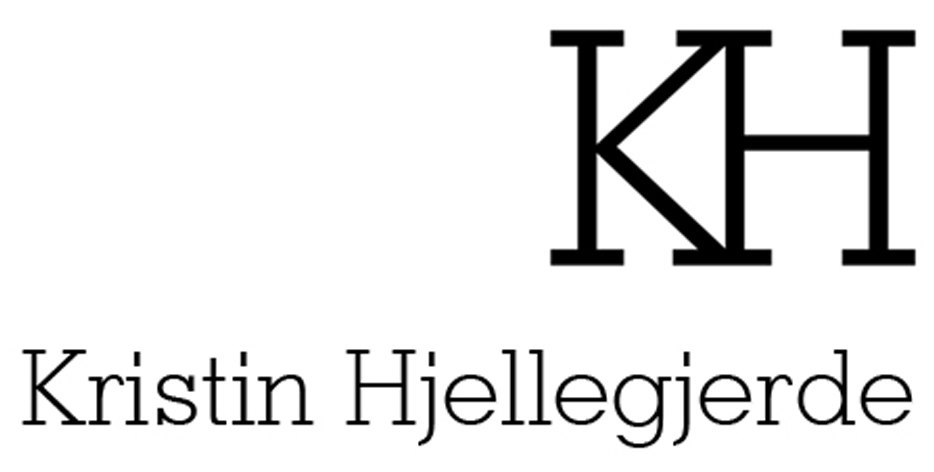Private View: Wednesday, 23rd of July 2025, 6-8pm
Berlin
Flames burst from the heels of pink rollerblades, from the sail of a ship, through the windows of a BMW 3 Series Coupé, the wings of a jet, the back of a motorbike. Plumes of black smoke stream across bright colourfields. In The Need for Speed, Joachim Lambrechts’ latest solo exhibition at Kristin Hjellegjerde Gallery, Berlin, fire is a symbol not only of danger or destruction but of movement, speed, desire, and intensity.
Over the past few years, Lambrechts has become best known for his paintings of iconic figures — superheroes, jazz legends, rockstars — and animals, which combine lines of text with bold colours and his signature graphic style to humorous effect. This latest series, however, marks a shift: not just away from portraiture, but towards a more symbolic visual language. On the surface, these are paintings of vehicles and sporting equipment — tools humans have invented to extend their physical capabilities – but they can also be read as reflections on hubris and determination. The image of a skier flying through the air, with flames leaping from his feet and back like wings, may be the most direct allusion to the myth of Icarus, but all the works hold a tension between power and combustion, success and failure.
Importantly, the objects that Lambrechts chooses to paint are not everyday modes of transport. None of these are vehicles built for practicality or efficiency: they are heightened designs, shaped by a desire to go faster, higher, further, sometimes, as the flames suggest, at the expense of safety. There is an underlying critique of consumerism that runs through much of Lambrechts’ work, but ultimately, he suggests, these paintings are about moving forwards: ‘Not just physically, but mentally, emotionally, professionally. That urge to take steps, to make progress — in whatever form. I feel that drive deeply within myself, and I believe many others will recognise it too. Each vehicle in these paintings becomes a symbol of that momentum, that direction, that inner push to get somewhere.’
Within this context, the flames erupting from these vehicles become emblems of the friction that inevitably arises once you set yourself in motion, and of the passion and determination required to overcome it. They acknowledge that no path, however it may appear on social media or in the press, is without setbacks or effort. The windsurfer with a burning sail still glides forwards; the helicopter remains airborne despite the flames leaping from its cockpit. What Lambrechts is capturing is less a crisis point than a flash of intensity, the threshold at which, metaphorically speaking, there’s no turning back.
While this resonates more broadly in our current political and socio-economic climate, Lambrechts’ paintings are not cautionary tales so much as calls to action. Rendered in his bold, graphical style, they celebrate the energy it takes to propel ourselves forwards, to simply move from one moment to the next.


